Physiotherapy
within elite sport is increasingly changing focus away from an Injury
management focus to a more performance enhancement focus. Indeed within
Swimming as with many sports, the very things we aim to improve to help treat
injuries are also the things that help enhance physical performance capability.
The role of the Physiotherapist in an elite sport multidisciplinary team is a varied one. A summary of the key areas are shown below.
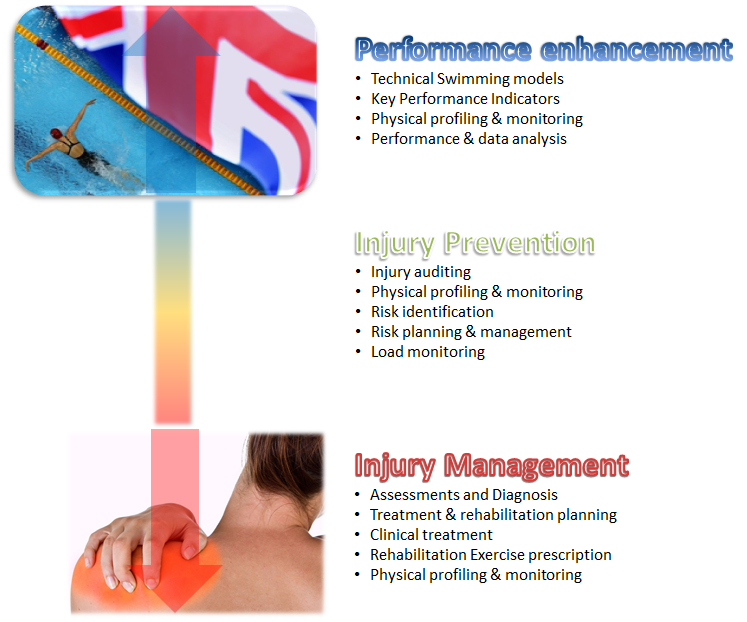
Technical application of Physiotherapy specific to swimming
A Physiotherapist working with swimmers needs to be aware of the demands of the sport. Having basic knowledge of the technical models for each of the 4 strokes is essential. Understanding the stroke phases as well as the specific skills required, especially around Starts and Turns helps us determine mechanisms of injury, methods of training load regressions and progressions and helps us develop sport specific, performance focused exercise rehabilitation and prehabilitation programs.
Once we understand what technique is required, we can relate
it to the physical attributes we often clinically assess in our practice such
as mobility, stability, strength, co-ordination, neuromuscular control &
patterning and functional movement. A
summary of each of the strokes and some key physical attributes required for
optimal function are summarised below.
FREESTYLE
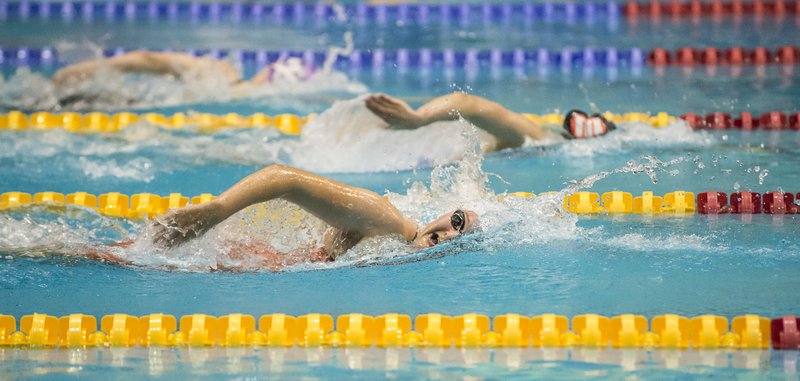
Mobility - Shoulder Medical Rotation. Cervical and Thoracic Spine Rotation.
Stability/ Movement Control - Trunk ('Core') pillar strength. Scapula and Shoulder (Glenohumeral) movement control (pull).
Strength - Shoulder and Scapula stabilisers and lats/ pecs (Pull). Trunk stabilisers. Hip and knee flexors and extensors (Kick).
Functional Movement - Frontal plank holds with limb movements.
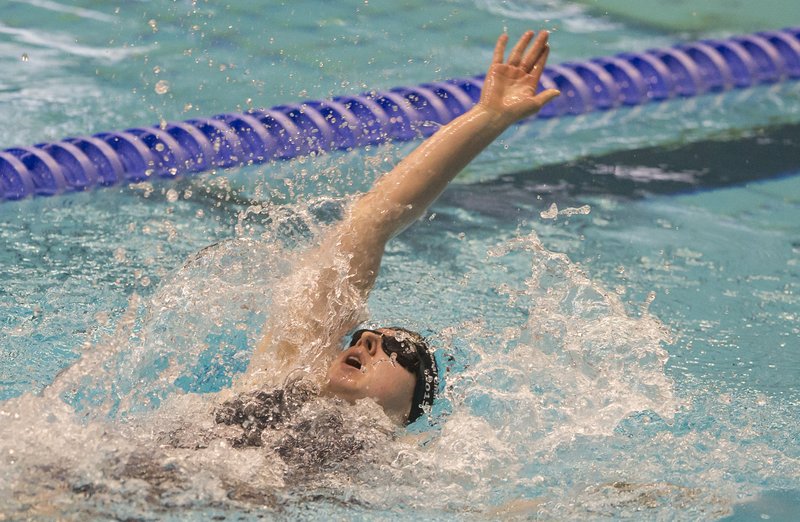
Mobility - Shoulder Medial Rotation. Cervical and Thoracic Spine Rotation.
Stability/ Movement Control - Trunk ('Core') pillar strength. Scapula and Shoulder (Glenohumeral) movement and control (pull).
Strength - Shoulder and Scapula stabilisers and lats/ pecs (Pull). Trunk stabilisers. Hip and knee flexors and extensors (Kick)
Functional Movement - Frontal plank holds with limb movements.
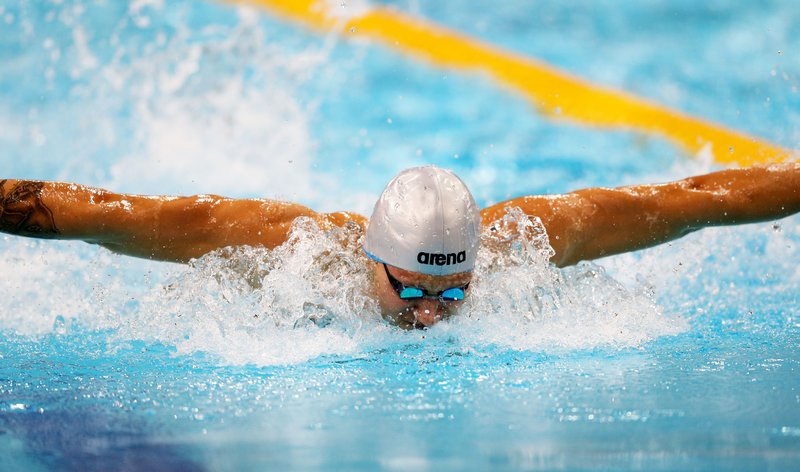
Mobility - Shoulder Medial Rotation. Thoracic Extension (pull).
Stability/ Movement Control - Trunk ('Core') pillar strength. Scapula and Shoulder (Glenohumeral) movement control (pull).
Strength - Shoulder and Scapula stabilisers and lats/ pecs (Pull). Trunk stabilisers. Hip and knee flexors and extensors (Kick).
Functional Movement - Frontal plank holds with limb movements.
BREASTSTROKE
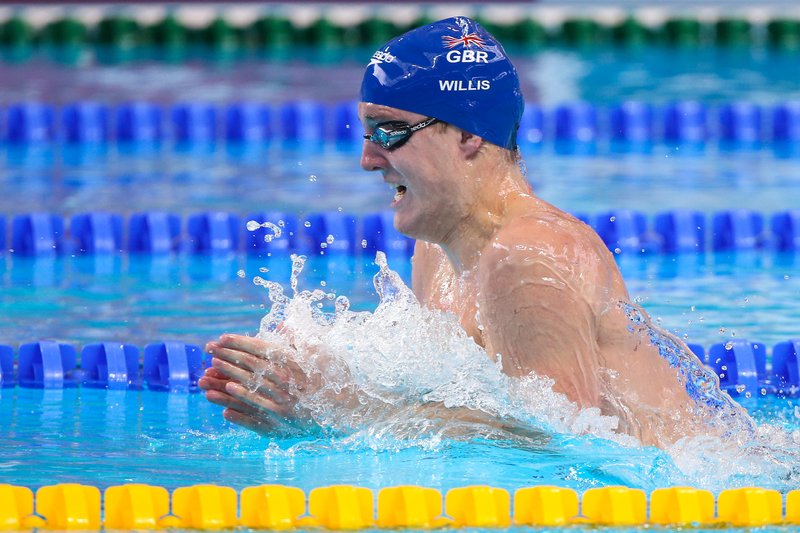
Mobility - Shoulder Medial Rotation. Thoracic Extension (Pull). Hip medial rotation and Tibial lateral rotation (Kick)
Stability/ Movement Control - Trunk ('Core') pillar strength. Scapula and Shoulder (Glenohumeral) movement control (pull).
Strength - Shoulder and Scapula stabilisers and lats/ pecs (Pull). trunk stabilisers. Hip and knee rotators. (Kick)
Functional Movement - Overhead (Streamline) Squat
Alongside the 4 key strokes, are the common skills such as Starts & Turns which also can be broken down into some key physical attributes.
BLOCK STARTS
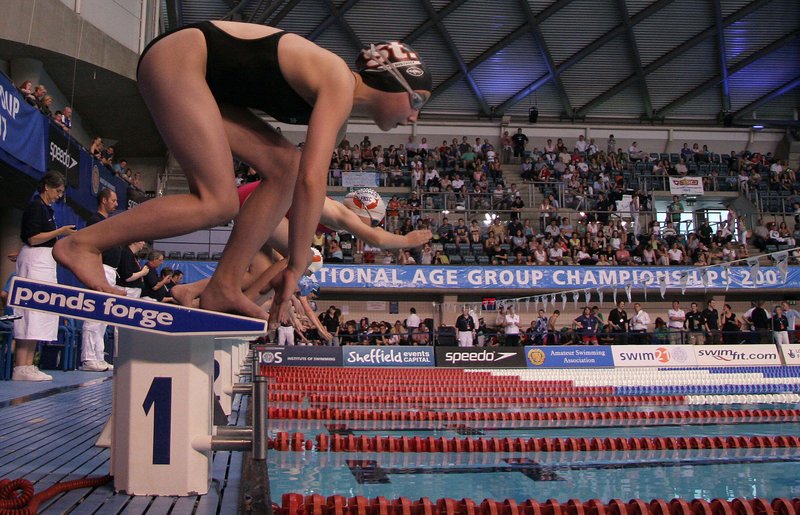
Mobility - Hamstring length. Ankle Flexibility. Hip Flexibility.
Stability/ Movement Control - Lumbopelvic stability. Single leg stability/ control.
Strength - Triple extension power (Ankle plantarflexion, hip and knee extension).
Functional Movement - Split squat to arabesque into SL explosive horizontal jump.
BACKSTROKE STARTS
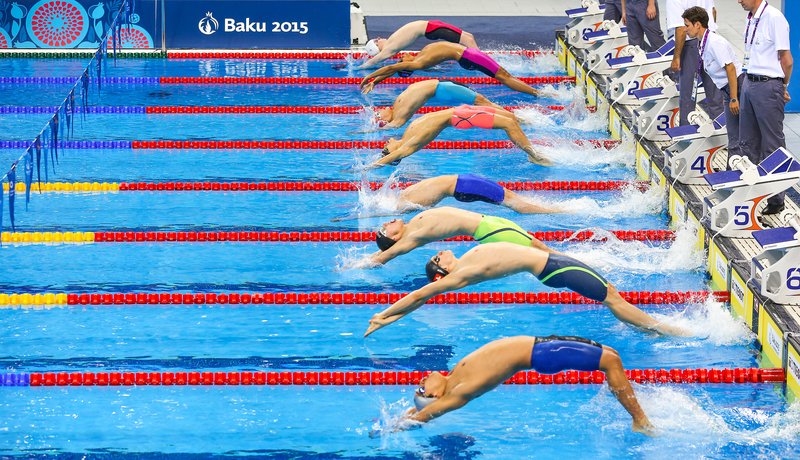
Mobility - Hamstring length. Ankle Flexibility. Hip flexibility.
Stability/ Movement Control - Spinal stability to support explosive power out of tuck position.
Strength - Triple extension power (Ankle plantarflexion, hip and knee extension).
Functional Movement - Tuck jump
TURNS
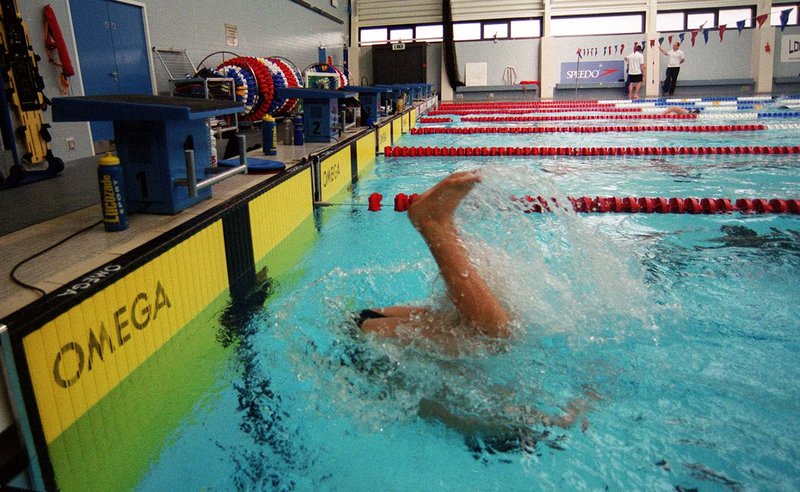
Mobility - Hamstring length. Ankle Flexibility. Hip Flexibility. Trunk Flexibility.
Stability/ Movement Control - Trunk flexibility (tuck) into pillar strength/ stability (streamline)
Strength - Triple extension power, horizontal counter movement. (Ankle plantarflexion, hip and knee extension).
Functional Movement - Tumble to CMJ.
The periods before and after the Pool sessions can provide an ideal time to work on some simple land based exercises and drills can be used to improve the physical qualities required for performance.
Some basic examples are outlined below, these drills require
no equipment, just a small area of floor space and some focused time and
attention.
Mobility
For examples of mobility exercises please refer to the
British Swimming Athlete Self Management Guidelines (2010).
Stability, Strength and Functional Movement
British Swimming use Physiotec for all our exercise rehabilitation and prehabilitation prescription. See attached example of a standard overall training preparation program. Programs are designed in order to work through basic stability into strengthening and into more functional movements.

